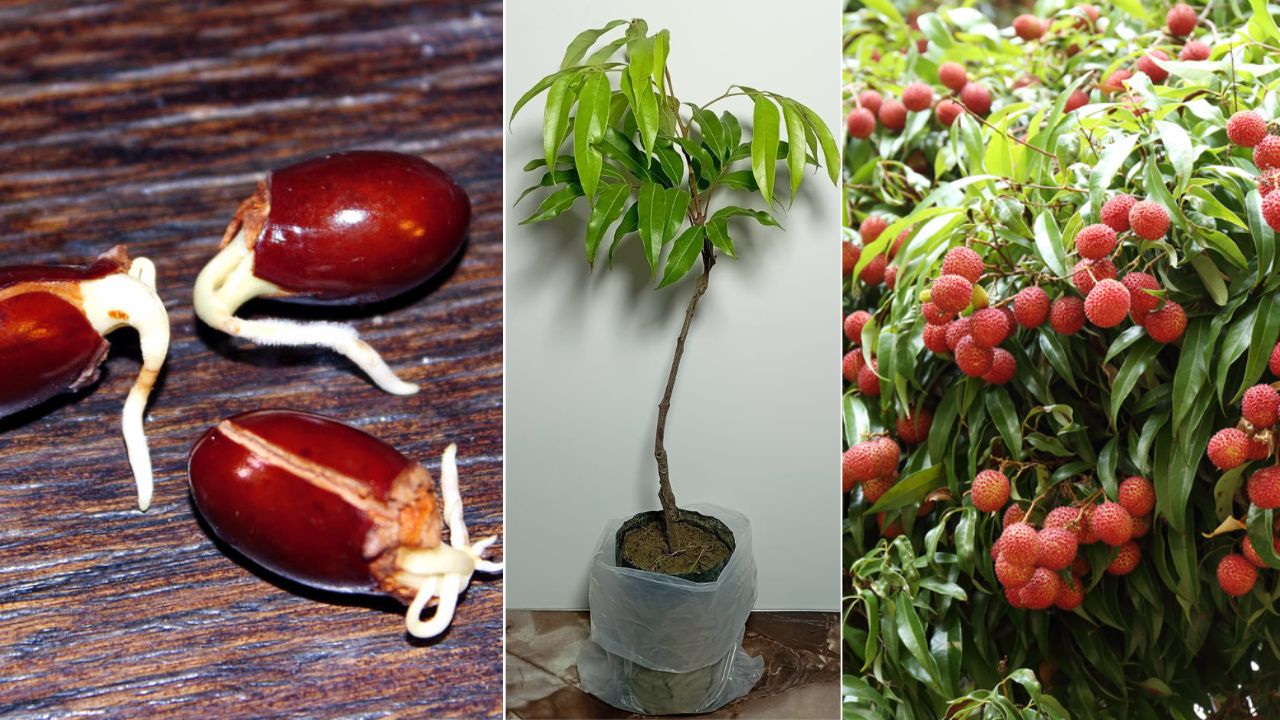How to Start a Lychee Garden from Seed
Lychee (Litchi chinensis), with its fragrant, juicy, and sweet fruits, is one of the most cherished tropical delicacies. Native to southern China, lychee trees are now cultivated in many parts of the world, including Southeast Asia, India, Florida, and parts of Australia. While commercial growers typically propagate lychee by grafting or air-layering to ensure quality fruit, starting a lychee garden from seed is a rewarding experience for hobbyists and home gardeners who enjoy the process of nurturing a tree from its earliest stage.
This guide will walk you through everything you need to know to grow your own lychee trees from seed — from selecting viable seeds to caring for young trees and planning a successful lychee garden.
-
Understanding Lychee Seeds
Lychee seeds are recalcitrant, meaning they lose viability quickly after the fruit is harvested. For the best chance of success, the seed should be planted as soon as possible—ideally within a few days of removing it from the fruit.
Important Considerations:
- Genetic Variation: Lychee trees grown from seed will not necessarily produce fruit identical to the parent. It may take up to 8–12 years to bear fruit, and the quality is unpredictable.
- Patience is Key: If you’re growing from seed, do so for the joy of gardening rather than guaranteed fruit quality.
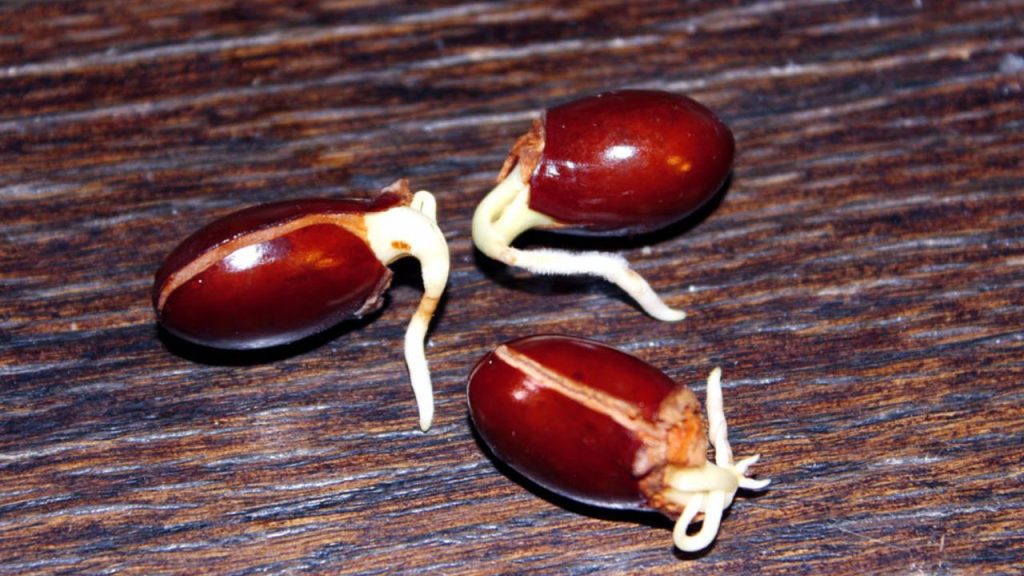
-
Selecting and Preparing Seeds
Step 1: Choose Fresh, Ripe Fruit
- Pick ripe lychees from a trusted source or local farmer’s market. The skin should be bright red with a bumpy texture and firm flesh.
- Avoid overripe or fermented fruit.
Step 2: Extract the Seeds
- Peel the lychee and remove the fleshy pulp.
- Gently wash off any remaining pulp from the seed using warm water. Be careful not to damage the seed coat.
Step 3: Identify Viable Seeds
- Discard any flat, shriveled, or unusually small seeds.
- Choose large, plump seeds — these are more likely to germinate.
-
Germinating the Seeds
Lychee seeds can be germinated using one of two methods: soil germination or the paper towel method.
Soil Germination Method:
- Use a small pot with good drainage.
- Fill with a well-draining seed-starting mix (coco coir, peat moss, and perlite).
- Plant the seed horizontally about 1 inch deep.
- Water thoroughly but avoid waterlogging.
- Place the pot in a warm location (75–90°F / 24–32°C).
- Keep the soil moist, not soggy.
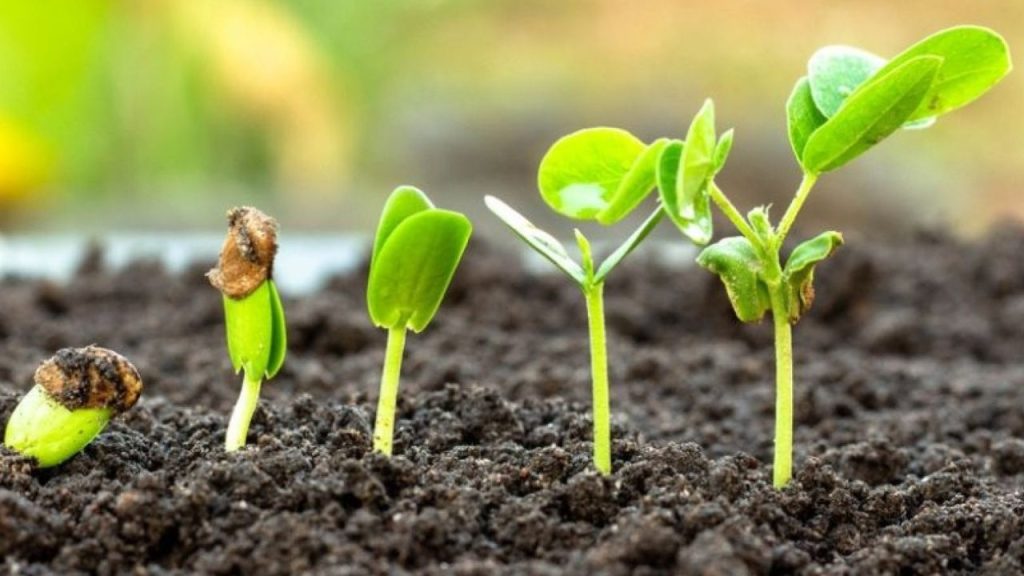
Paper Towel Method:
- Wrap seeds in a damp paper towel and place them in a Ziplock bag.
- Store the bag in a warm, dark area.
- Check daily and keep the paper towel moist.
- Roots should appear within 1–4 weeks.
Transplanting: Once the root is 1–2 inches long, transplant into a small pot with potting soil. Click here
-
Growing Seedlings
- Light: Once sprouted, place the pot in a location with bright, indirect sunlight. Direct sun at this stage can scorch young plants.
- Watering: Keep the soil evenly moist. Do not let it dry out completely but avoid standing water to prevent root rot.
- Humidity: Lychee is a tropical plant, so humidity helps. You can mist seedlings or use a humidity dome.
- Fertilization: Wait until the plant has at least two sets of leaves before using any fertilizer. Use a balanced liquid fertilizer diluted to half strength every 2–4 weeks.
- Pot Size: As the seedling grows, transplant it into larger pots to allow room for root expansion.
-
Transplanting to the Garden
Timing: Transplant when the plant is at least 12–18 inches tall and has a healthy root system, typically after 8–12 months.
Location: Choose a sunny, sheltered spot. Lychee trees need full sun but are sensitive to strong winds.
Soil Requirements:
- Well-draining, slightly acidic soil (pH 5.0 to 6.5).
- Rich in organic matter.
- Avoid heavy clay soils unless amended.
Planting Instructions:
- Dig a hole twice the size of the root ball.
- Mix compost or well-rotted manure into the soil.
- Carefully remove the seedling from its pot and place it in the hole.
- Fill in with soil and gently press down.
- Water deeply after planting.
-
Caring for Young Trees
Watering:
- Young trees need regular watering — about 2–3 times a week.
- In dry or hot weather, increase frequency.
- Mulch around the base to retain moisture and suppress weeds.
Fertilization:
- Start with a balanced fertilizer every 2–3 months.
- As the tree matures, transition to fertilizers high in potassium and low in nitrogen to encourage flowering.
Pruning:
- Minimal pruning is needed in the early years.
- Remove dead or crossing branches to improve airflow.
- Shape the tree for balanced growth.
Protection:
- Protect from frost — lychee is sensitive to cold, especially in the first few years.
- Use frost cloths or bring container-grown trees indoors if temperatures drop below 32°F (0°C).
- Install windbreaks in exposed areas.
-
Long-Term Care and Maintenance
Maturity:
- Lychee trees grown from seed may take 8–12 years to fruit.
- Be patient — some seedlings may never bear fruit or may produce lower-quality fruit.
Grafting Option:
- Once your seedling is established (2–3 years), you can graft it with a scion from a known cultivar to ensure better fruiting potential.
- Grafting is a good solution for those who want a productive garden without starting from a mature nursery plant.
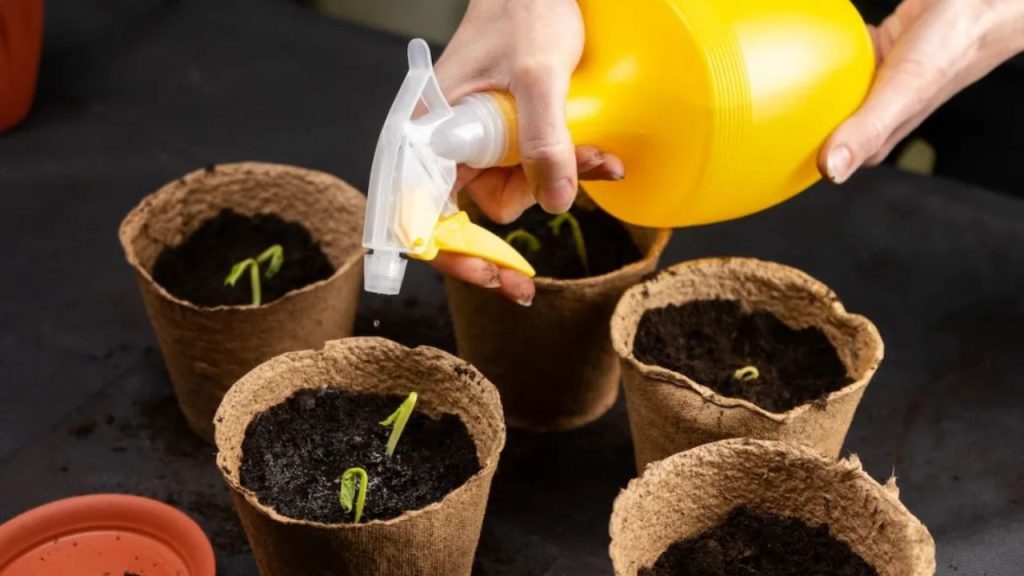
Pests and Diseases:
- Lychee is relatively pest-free but watch for:
- Aphids
- Scale insects
- Leaf miners
- Use insecticidal soap or neem oil for control.
- Avoid overwatering to prevent root rot or fungal diseases.
-
Designing Your Lychee Garden
Spacing:
- Trees should be planted 20–30 feet apart to allow for full canopy growth.
- In small gardens, consider pruning to maintain a compact size.
Companion Planting:
- Plant nitrogen-fixing plants (like legumes) nearby to enrich the soil.
- Mulch with organic matter and consider ground covers to maintain soil health.
Pollination:
- Lychee trees are self-pollination, that’s why having more than one tree may improve fruit yield.
Aesthetic Value:
- Lychee trees are beautiful landscape additions with dense, glossy green foliage and a graceful shape.
-
Container Growing
If you have limited space, lychee trees can be grown in large containers (at least 20–30 gallons).
Tips for Container Growth:
- Use high-quality potting mix with good drainage.
- Fertilize more regularly since nutrients deplete faster in pots.
- Prune roots every few years and repot as needed.
- Provide a support stake if the tree becomes top-heavy.
- Move indoors during cold spells in temperate climates.
-
Harvesting and Enjoying Lychee
If your seed-grown tree eventually fruits, expect the lychee season to last from late spring to mid-summer depending on your region.
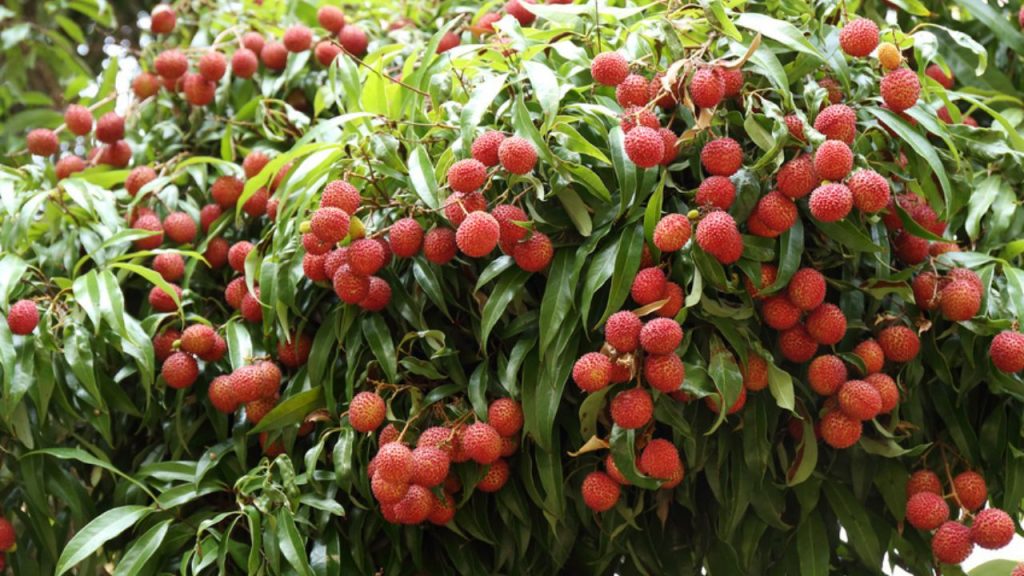
Harvesting Tips:
- Fruits ripen in clusters.
- Pick when fully red and firm — they do not ripen off the tree.
- Handle gently; lychees bruise easily.
Storage:
- Eat fresh within 5–7 days.
- Store in the refrigerator to extend shelf life.
- Can be dried, frozen, or canned.
Conclusion
Starting a lychee garden from seed is a slow but deeply satisfying process. While seed-grown trees may not always yield perfect fruit, the experience of nurturing a tropical tree from its earliest stages can be incredibly fulfilling. With the right care, environment, and patience, your seedling may one day grace you with its first sweet harvest — a reward that reflects years of dedication. Click here
Whether you’re experimenting with one tree in a pot or planning a mini orchard in your backyard, growing lychee from seed is a wonderful way to connect with nature and learn the art of tropical fruit cultivation.

